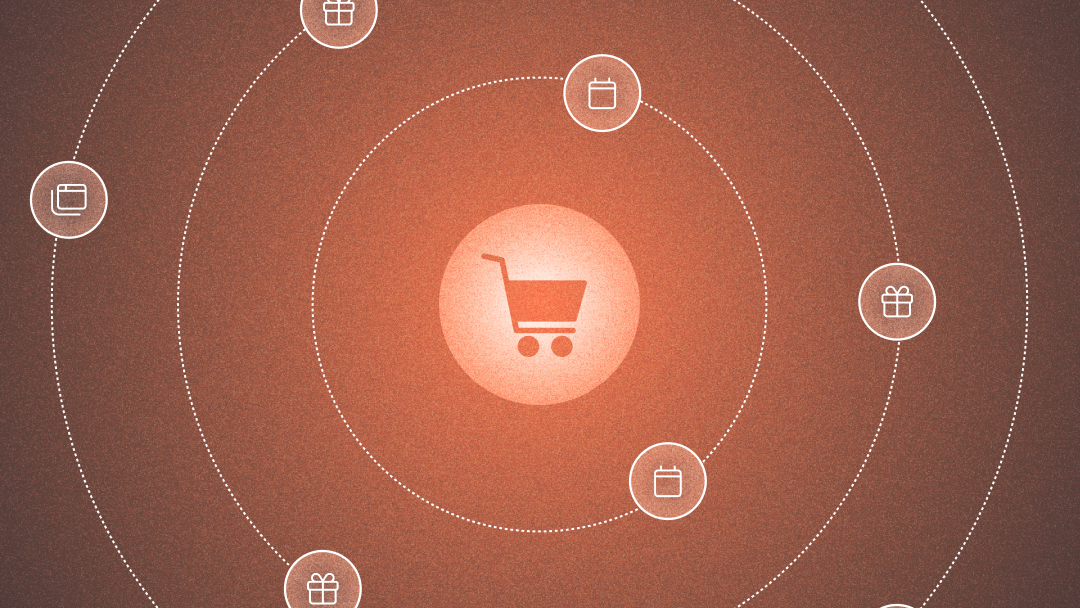How to achieve product-led growth as an early-stage founder

If you’re involved in the startup ecosystem, you’re probably familiar with the concept of product-led growth (PLG). Over the past decade, PLG has taken the tech world by storm, with an ever-growing number of companies making it the cornerstone of their growth strategy.
In late October, our CEO & Co-founder, Immad Akhund, sat down with Shuo Wang (CRO & Co-founder, Deel) and Howie Liu (CEO & Co-founder, Airtable) for a Mercury-hosted discussion around best practices in product-led growth. Below, we dive deeper into key insights from the conversation and distill some of the basics around how to achieve PLG as an early-stage founder.
Watch the recording here:
What is product-led growth?
Product-led growth is a business strategy that positions product as the primary driver of customer acquisition and retention. An alternative to more traditional growth models that focus primarily on sales and marketing to convince prospective customers of a product’s value, the PLG model hinges on the idea that a product experience should speak for — and sell — itself.
In many cases, prospects can demo a PLG company’s product before they buy in. Ideally, this demo introduces them to a product that is so dialed and intuitive that they don’t need additional persuasion to convert.
PLG is often seen as a company-wide methodology — all employees should rally around the larger goal of providing prospects and customers with an exceptional product experience in an effort to foster customer adoption and loyalty.
What are the benefits of product-led growth?
Product-led growth models tend to result in high-quality products that customers can adopt quickly, use freely, recommend confidently, and use for the long term. But a high-quality product is only one benefit of a PLG strategy. Other benefits include:
- Accelerated growth and scalability: In most cases, a product-led company should have a largely self-serve product, making it easier and faster for customers to onboard. This accelerates product adoption while giving product-led companies room to allocate more budget toward key functions like customer service that further drive growth.
- Lower customer acquisition cost (CAC): PLG companies often build customer acquisition channels right into their product (demos, freemium models, referral programs, etc.) which can prove cheaper than sales- or marketing-based channels. Additionally, because PLG hinges on a user’s ability to quickly understand the value of your product and share that value with others, organic word of mouth can prove to be a successful — and cost-effective — avenue for acquisition.
- High retention rates: The PLG model encourages users to familiarize themselves with your product — and its potential value add — early. This helps set clear expectations around your product’s capabilities, in turn boosting short-term user retention. Meanwhile, PLG companies can direct resources that aren’t spent on customer acquisition toward implementing product updates and feature enhancements, helping customers stay satisfied with the product as they grow alongside it — ultimately also boosting long-term retention.
How to achieve product-led growth
Achieving product-led growth isn’t one size fits all, as evidenced by Mercury CEO Immad’s conversation with Shuo from Deel and Howie from Airtable. Mercury, Deel, and Airtable all prioritize PLG, but their approaches have varied — whether due to product type, current events, or industry trends. That said, these founders relate over their shared belief in the power of PLG. Here are some of their tips for getting it right:
Reduce onboarding friction to enable seamless product adoption.
PLG relies heavily on self-serve adoption, meaning that a user should be able to use and understand your product largely on their own. That’s why creating an easy-to-use product with an intuitive onboarding experience is integral to a strong PLG approach. In the case of Airtable, the team spent ample time making their product as intuitive as possible prior to launch. “We put a lot of effort into making it as accessible as possible, too — thinking about onboarding,” said Howie. “And when we launched, it took. It was a choice that we made early on, and it worked.”
Understand which metrics can signal strong PLG.
There isn't a hard metric that indicates whether or not your company is capable of achieving notable PLG. That said, there are several metrics that can signal strong PLG potential. For example, you could look at net promoter score (NPS) — basically, a measurement of how willing other peopple are to talk about and recommend your product to others — and compare that score to the NPS benchmarks in your specific industry. "If you're competing with other really slick UX products," Howie said, "[Your NPS] has to be higher to cut through the noise.
Listen to users and pivot when necessary.
PLG requires flexibility and might call for you to adapt or change your business model based on factors outside of your control, such as unpredictable user feedback or a changing market. In Deel’s case, it was by collecting a large amount of user feedback that the team decided to pivot just five days before demo day. “With this product feedback,” Shuo shared, “we could understand what kind of product we [actually] wanted to build.”
Don't fixate on competitors.
Although understanding the competitive landscape is a key to success, it’s more important to focus on executing well than it is to consistently keep tabs on what competitors are up to. This is especially true given just how fast one industry can grow. At the end of the day, it’s all about how users feel about your product — not competitors. “If you have the right product fit, market, etc. and you execute well, you’ll do well,” Shuo said.
When should you look beyond product-led growth?
PLG can be a phenomenal growth driver, but there is value in understanding when it makes sense to supplement a PLG-driven strategy with another approach, such as a sales-led or marketing-led growth strategy. Howie argued that at some point, every company has to “think about a hybrid approach, even if they start with PLG.” He continued: “After we got a lot of momentum with PLG and got to tens of millions in revenue with very few sales reps … it became obvious that there was an opportunity to lean in and be a little more proactive in terms of sales engagement.” Implementing a hybrid approach that strikes the right balance between PLG and other growth methods can be the secret to boosting momentum and preventing inertia.
Watch Immad’s full conversation with Shuo and Howie for more insights on PLG, from early-stage implementation to maintaining PLG momentum as your company scales.



